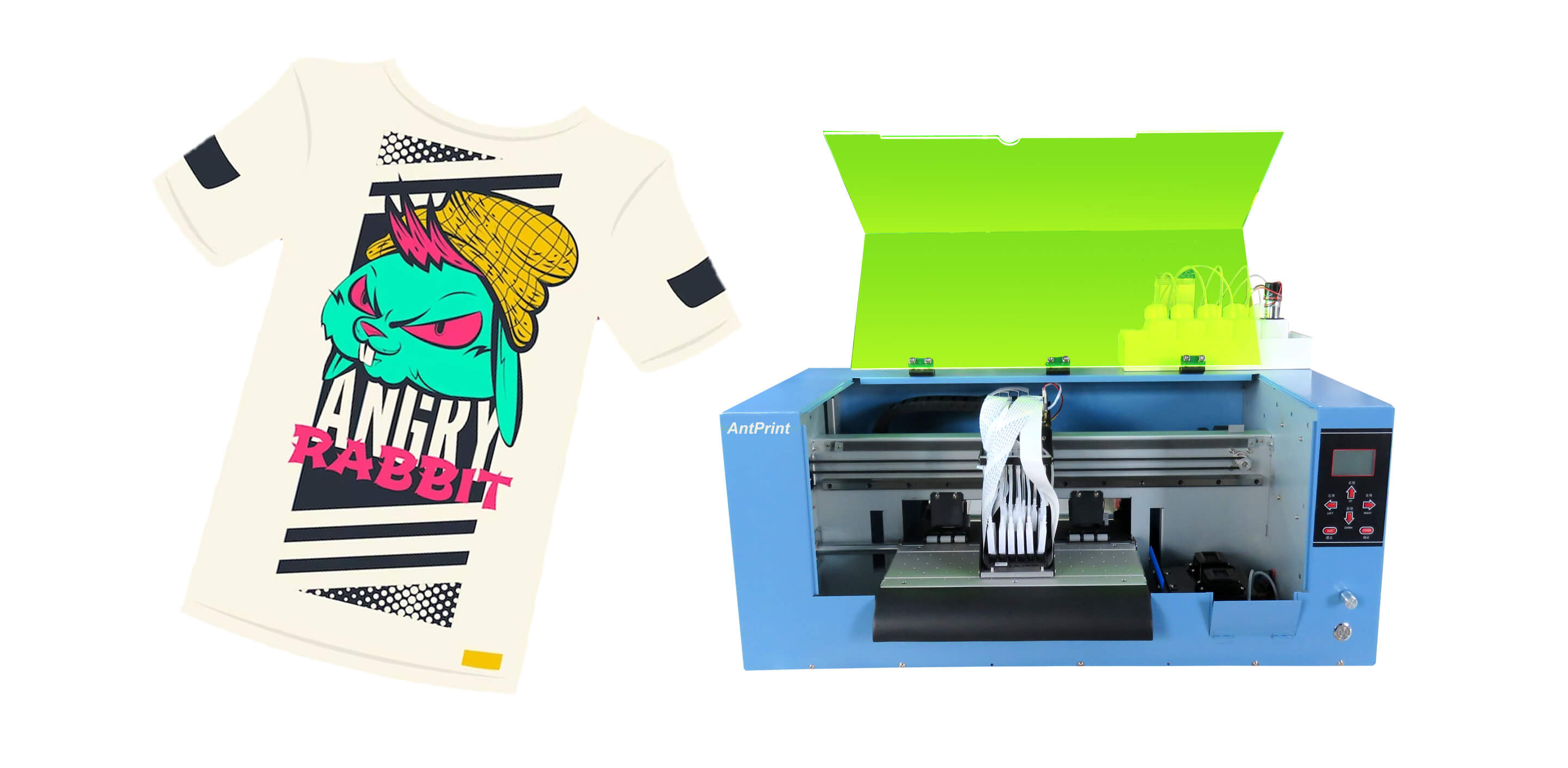Passive income streams are more accessible now with print on demand models.
Passive income streams are more accessible now with print on demand models.
Blog Article
Understanding Exactly How Digital Printing Revolutionizes the Printing Sector
The printing sector, long soaked in typical approaches, is undergoing a radical change with the introduction of electronic printing. This cutting-edge modern technology, which eschews the requirement for printing plates, makes it possible for rapid production and modification, improving the landscape of print interaction. With its possible to stimulate involvement through personalized content and to supply lasting services, it's clear that digital printing is more than a technological advancement; it's a critical video game changer. But exactly how exactly does it change the industry? Allow's explore.
The Advancement of Digital Printing: A Quick Review
Since its inception, digital printing has actually gone through significant changes, consistently reinventing the printing sector. Its advancement began with the development of xerography in the mid-20th century, a process which prepared for laser printers. With the arrival of the 90s, digital printing modern technology began to develop, and the industry observed the introduction of straight imaging presses, which removed the requirement for publishing plates. As the new millennium unravelled, advancements in modern technology even more spurred the development of digital printing, resulting in the development of high-speed inkjet printers. These devices used premium quality and rate, forever altering the landscape of the sector. Today, digital printing stands as a testimony to human technology, constantly progressing to satisfy the ever-changing needs of the modern globe.

Unboxing the Innovation Behind Digital Printing
Exploring the details of electronic printing innovation, one experiences an abundant tapestry of advanced equipment and complicated algorithms. At the heart of this process lies an electronic picture, which is processed by software that separates it right into a grid of dots. These dots are after that exchanged an electronic code. This code is interpreted by the printer, which uses it to precisely transfer beads of ink onto the substrate. The beads are so small and accurate that they develop a photo that is virtually identical from the initial. This elaborate system, reinforced by innovative look at this now software application and high-resolution imaging, has actually changed the landscape of the printing industry, paving the method for extraordinary levels of information and precision.

The Benefits of Digital Printing for Organizations
Comprehending the technology behind digital printing gives a clear photo of its precision and detail. For businesses, this translates into countless benefits. First of all, electronic printing supplies extraordinary rate, allowing companies to meet tight target dates without compromising on high quality. Next off, it decreases expenses as there are no plates or physical configuration, making it excellent for small-volume printing jobs. Furthermore, this innovation offers remarkable uniformity with each print outcome, getting rid of variations frequently seen in traditional approaches. Electronic printing is eco friendly, using less ink and generating less waste. The complete capacity of electronic printing is realized when used for modification and customization, a subject that will certainly be covered Related Site in depth in the following area.
The Duty of Digital Printing in Modification and Personalization
While typical printing methods struggle with modification and personalization, digital printing succeeds in these areas. It permits for the very easy change of designs, without the demand for costly and lengthy plate changes (print on demand). This allows services to tailor products to individual customers, meeting certain needs and boosting customer fulfillment
Digital printing also allows for variable information printing, where components such as text, graphics, and pictures may be altered from one printed piece to the following, without decreasing the printing procedure. This is especially helpful for direct advertising projects, where personalized messaging can considerably improve response rates. This way, digital printing not only transforms the printing industry however likewise changes the means companies interact with their customers.
Evaluating the Ecological Impact of Digital Printing
Although electronic printing has actually been lauded for its duty in personalization and personalization, it is critical to examine its ecological influence. Digital printing can be less wasteful than traditional methods, due to the fact that it runs on a 'print on demand' basis, getting rid of the requirement for huge print runs that can you could look here lead to excess and waste. In addition, it uses less chemicals and produces much less unstable natural compounds (VOCs) compared to offset printing. Nevertheless, the power usage of digital printers can be high, resulting in enhanced carbon impact. Additionally, making use of non-recyclable printing parts and the obstacle of e-waste management present significant ecological worries. While electronic printing has several benefits, its environmental impact should be diligently managed.
Final thought
In conclusion, digital printing has changed the printing market, offering fast, cost-efficient, and top notch remedies - print on demand. Recognizing these changes is vital for businesses to utilize the advantages of digital printing successfully.
Report this page